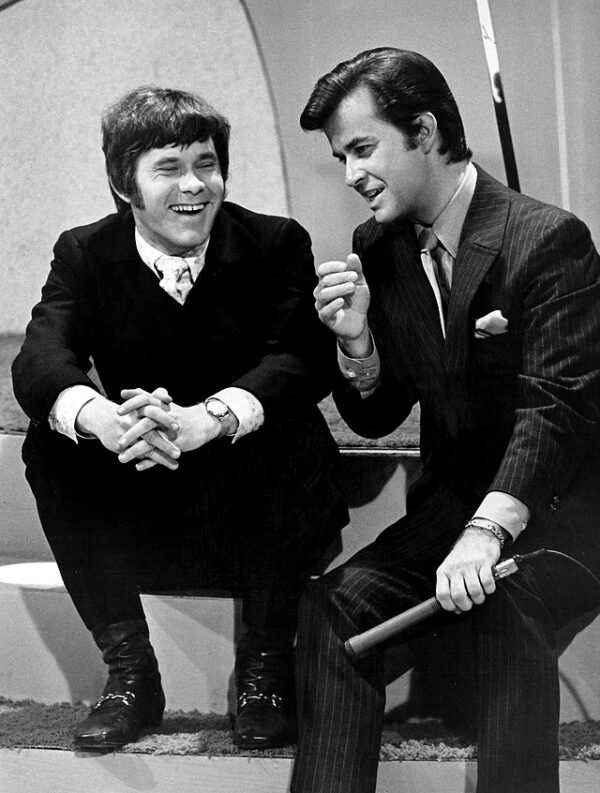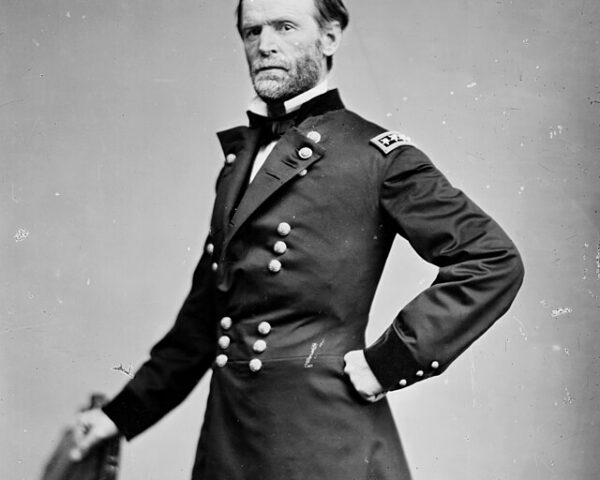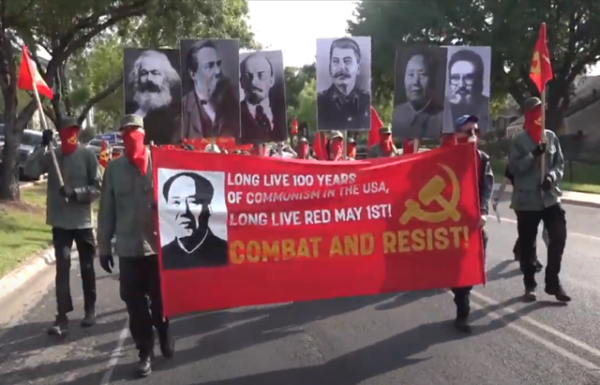American Bandstand, a television program that had a profound impact on American culture and the music industry, made its national debut on August 5, 1957. Originally a local show called “Bandstand,” it began airing in 1952 in Philadelphia on WFIL-TV. The show was hosted by Bob Horn until 1956 when Dick Clark took over. Clark’s charisma and keen sense for the burgeoning teen market helped propel the show to national prominence.
The program’s format was simple but effective: teenagers danced to the latest hits, which were often performed live by the artists themselves. This setup created an intimate connection between the audience and the performers, something that was relatively new to television at the time. The show also included regular segments like the “Rate-a-Record” feature, where teenagers would rate new songs on a scale of 35 to 98. This interactive element made viewers feel more involved and gave them a sense of participation in the music industry.
American Bandstand’s national debut was a pivotal moment in the history of American television and popular culture. As it expanded its reach across the United States, the show became a significant platform for introducing new music and dance styles to a wide audience. It played a crucial role in the careers of many artists, offering them exposure that was difficult to achieve through other means at the time. Stars like Buddy Holly, Chuck Berry, and later, acts like The Jackson 5 and Madonna, all made appearances that helped cement their popularity.
One of the key aspects of American Bandstand was its role in integrating American music and culture during a period of significant social change. Although initially the show featured primarily white performers and dancers, it began to showcase more African American artists and integrate its dance floor in the late 1950s and early 1960s. This move reflected the broader civil rights movement and helped to promote a more inclusive vision of American culture.
The show’s influence extended beyond music and dance. It played a significant role in shaping teenage fashion and social norms. The teenagers who appeared on American Bandstand became trendsetters, with their clothing and hairstyles emulated by viewers across the country. This made the show a powerful force in the burgeoning youth culture of the 1950s and 1960s.
American Bandstand also had a lasting impact on the music industry. It helped to popularize rock and roll and later genres, providing a platform for new music to be heard by millions of viewers. Record companies and artists recognized the show’s importance and often sought to have their new releases featured on it. This symbiotic relationship between the show and the music industry helped to drive record sales and launch the careers of countless musicians.
The show continued to evolve over the years, adapting to changes in the music industry and popular culture. It moved from Philadelphia to Los Angeles in 1964, reflecting the westward shift of the entertainment industry. Despite these changes, the core elements of the show remained the same: showcasing new music, featuring live performances, and providing a platform for young people to express themselves through dance.
American Bandstand remained on the air for an impressive 37 years, ending its run in 1989. Its legacy, however, continues to be felt today. The show helped to democratize American music, making it accessible to a broader audience and promoting cultural integration. It also laid the groundwork for future music television programs, influencing everything from MTV to modern talent shows.






